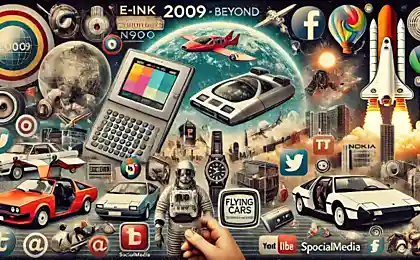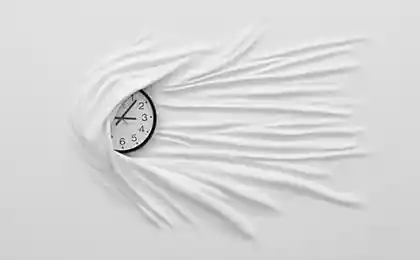181
The Future of Hydropower: 5 Innovative Ideas
As they become cheaper and more efficient, devices for solar energy conversion become the object of increased attention of society. But it should be noted that solar panels are not the only weapon in the arsenal of clean energy fighters. Given that more than 70 percent of the Earth’s surface is covered by water, hydropower could easily give the fight to fossil fuels.
Find out which projects deserve attention and respect.
Seawater pump will provide hydroelectric power on demand
One of the biggest drawbacks of many renewable energy sources is the fairly frequent outages to which they are prone. Sometimes the sun does not shine brightly enough, the wind does not always blow, and even in the oceans there are periods of calm. The Searaser device is aimed at solving this problem. So, using the movement of waves, it pumps water into itself, and then releases it, creating energy as needed. The project has received strong support, with clean energy mogul Dale Vince acquiring Searaser and announcing its plans to build 200 commercial devices every five years.
Scandalous dams were replaced by tidal lagoons Bristol Bay, separating the western part of Wales from the south-west of England, boasts the highest tide in the world. For a while, the British government was going to build a huge tidal dam, capable, as noted, to cover 5-10 percent of the energy needs of the UK. But the plan has angered environmental activists, who say it is damaging ecosystems. And today, the focus has shifted to tidal lagoons, which will do far less damage but still power hundreds of thousands of homes. The power-generating lagoon in Swansea Bay is just the first of the planned facilities around the UK, with three of them set to start operating by 2021.
Miniature power plants on the energy of flushing and shower water
Researchers are passionate about the idea of large-scale hydroelectric power plants, and South Korean scientist Matt Hickman recently stated that soon we will be able to generate electricity thanks to toilets, showers, taps and drains. Devices with inverters that collect the flow of water to generate small amounts of renewable energy will one day help illuminate the entire apartment.
Hydropower combined with cleaning the ocean of plastic Climate change is not the only human-caused problem we face. Humanity has literally strangled the planet’s oceans with plastic waste. But what if we could eliminate the Great Pacific Garbage Patch and get clean, renewable energy? South Korean designer Sun Jin Cho proposed the idea of an autonomous hydroelectric power plant called Seawer that uses waves, sun and plastic to generate energy. A skyscraper-shaped device separates plastic particles from the liquid, draining purified water back into the ocean.
Unfortunately, there are no such devices in the world yet. In 2014, the project received attention during the eVolo competition for the best skyscraper, but the proposed design is extremely complex and expensive. Other projects that participated in the competition were criticized for potential harm to marine habitat and biological pollution, among them the concept of autonomous drifting complexes for garbage collection Boyan Slat. The Seawer skyscraper has avoided such criticism, but only the future will tell its viability.
Wind power technologies for harvesting tidal energy Engineering giant Siemens has long held a firm place among innovators in wind power technology. The company recently launched one of the first commercial-scale tidal power plants off the coast of Ireland, producing enough electricity to power more than 1,500 homes. It may not be much compared to what wind, coal, nuclear or gas power is capable of, but you have to start somewhere.
Source: facepla.net






















